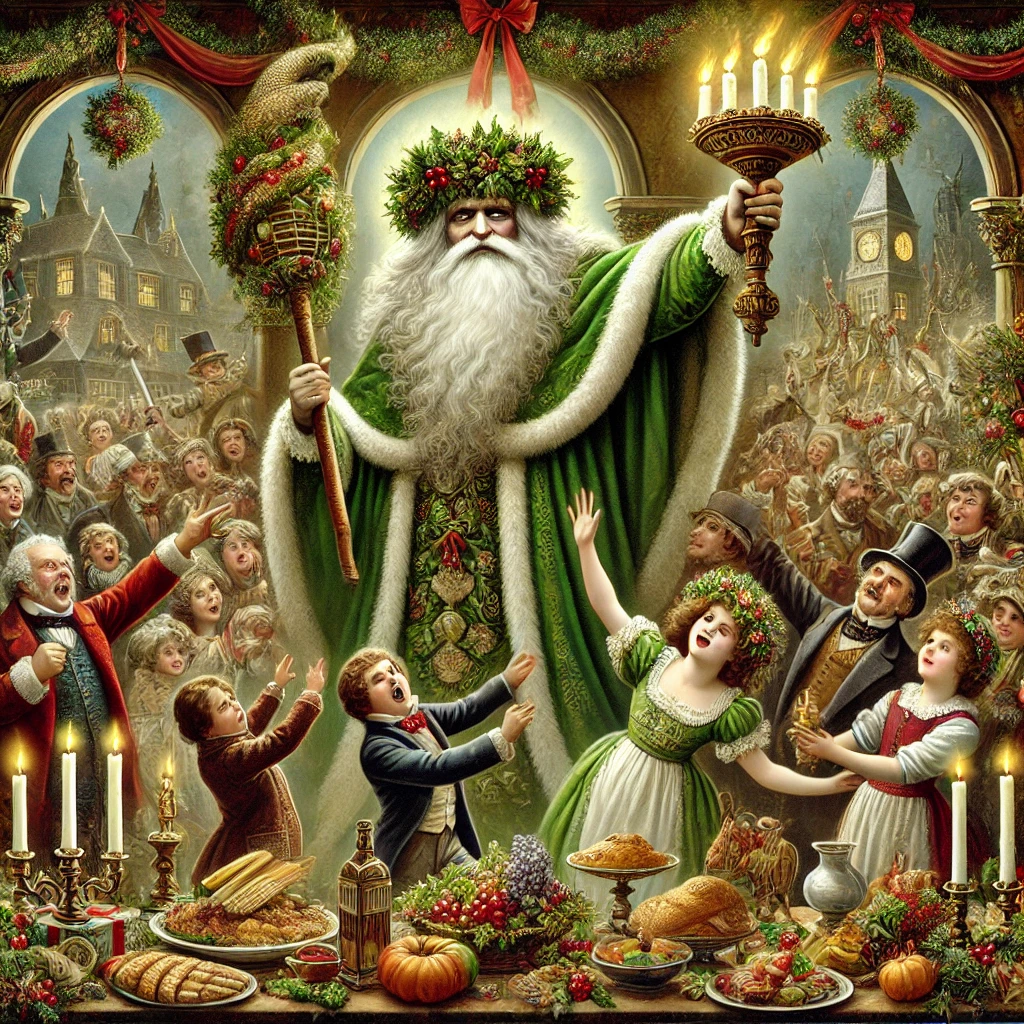On this festive day in 1843, Charles Dickens’ timeless classic, A Christmas Carol, was published in London. The story of Ebenezer Scrooge and the spirits of Christmas has become synonymous with the holiday season, bringing themes of redemption, compassion, and the transformative power of goodwill to readers across the globe. This novella, although initially a response to social issues of Dickens’ era, continues to resonate with audiences today.

The Inspiration Behind the Story
Charles Dickens, deeply affected by the poverty and inequities of Victorian England, sought to write a story that would draw attention to these issues. During his time, the Industrial Revolution had exacerbated wealth disparities, and Dickens was particularly disturbed by the plight of children working in harsh conditions. The idea for A Christmas Carol emerged as a way to highlight the struggles of the less fortunate while delivering a message of hope and human decency.
The book’s protagonist, Ebenezer Scrooge, epitomizes greed and indifference to human suffering, traits Dickens saw as emblematic of the era’s affluent class. Through the transformative journey Scrooge experiences with the Ghosts of Christmas Past, Present, and Yet to Come, Dickens sought to inspire societal change, urging readers to embrace generosity and compassion.
Cultural Significance and Reception
Upon its release, A Christmas Carol was an instant success, both critically and commercially. Priced affordably to reach a wide audience, it sold thousands of copies within weeks. The book’s heartfelt message struck a chord with Victorian readers, earning Dickens praise for both his storytelling and his social conscience.

The story’s influence extended beyond the literary world. It reinvigorated interest in Christmas traditions, which had been waning in popularity in England at the time. Customs such as family gatherings, festive meals, and charitable giving became more prominent, in part due to the cultural revival sparked by Dickens’ tale.
Enduring Impact and Modern Relevance
The themes of A Christmas Carol have proven timeless, ensuring its continued popularity. Its message of redemption and the importance of community resonates in every generation. The novella has been adapted countless times for stage, film, and television, with each interpretation bringing new life to Scrooge’s story while preserving its central moral lessons.
In contemporary times, the story’s focus on charity and empathy is especially relevant. It serves as a reminder of the importance of supporting those in need and the potential for individuals and societies to change for the better. During the holiday season, its lessons inspire acts of kindness, making it a perennial symbol of the spirit of Christmas.
A Literary Legacy

Beyond its cultural impact, A Christmas Carol cemented Dickens’ reputation as one of the greatest writers in English literature. The novella’s narrative style, vivid imagery, and memorable characters have influenced countless authors and storytellers. Its enduring popularity underscores Dickens’ ability to address universal human concerns with both poignancy and humor.
Today, A Christmas Carol stands as more than just a holiday classic; it is a testament to the enduring power of storytelling to effect change. Dickens’ masterful blend of entertainment and social commentary has ensured that the tale of Scrooge remains as relevant today as it was in 1843.
